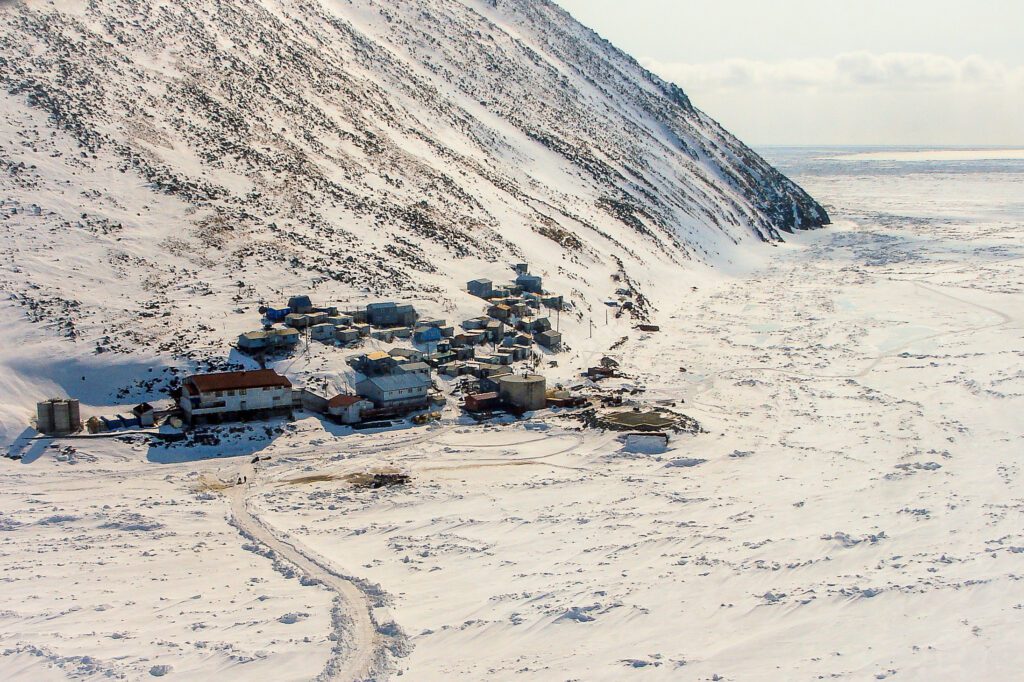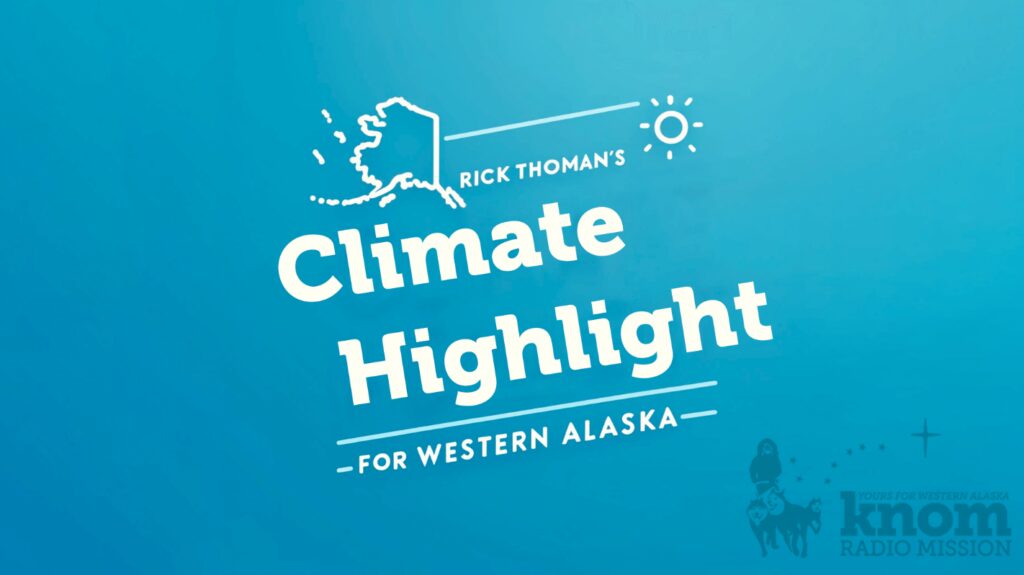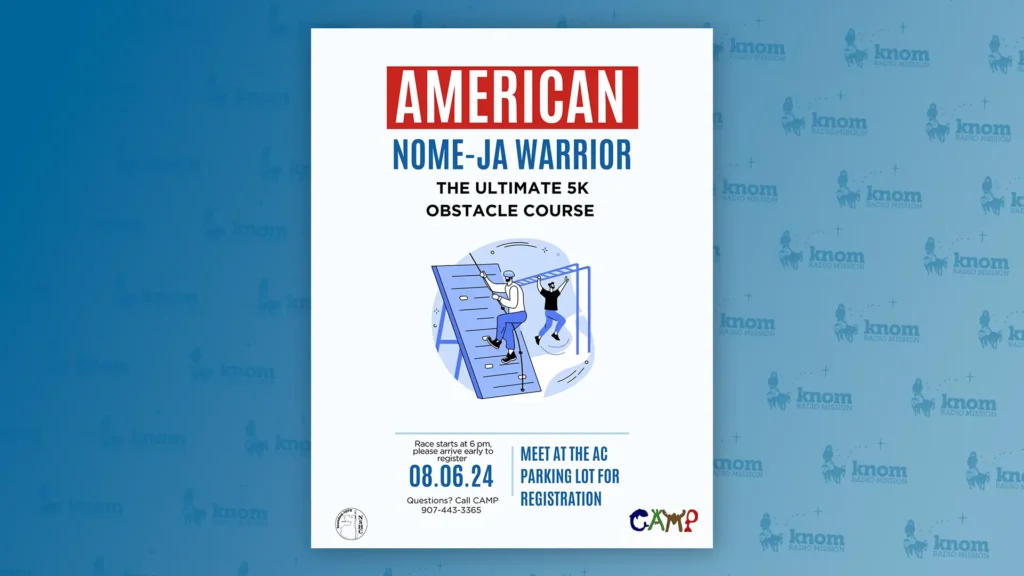Is Norton Sound red king crab in decline? That question, as well as questions about crab stocks in fisheries across Alaska, were the focus of the North Pacific Fishery Management Council’s meeting in Nome Monday, the first in a slate of meetings scheduled through next week.
On Monday the Council’s scientific and statistical committee heard reports on red king crab in the Sound, and “from what we heard … it’s a declining abundance. And so, likely, the numbers [for commercial and subsistence users] will be lower than previous years,” said Pat Livingston, the committee chair.
Livingston stressed that no catch limits or overfishing limits had been set, and that the Council was first trying to gauge whether it had the best data available on which they could base future management decisions. But not everyone at the meeting agreed with the assessment of decline.
“If you talk to any crab fisherman, or subsistence crab fishermen, they’ll tell you about how many small crab they had in their pot,” said Charlie Lean, a former Dept. of Fish and Game manager who now works as a fisheries advisor for Norton Sound Economic Development Corporation.
Lean said those small crab in the pots are a good thing, a sign of an expected—and cyclical—population boom in Norton Sound crab every three or four years. Lean said it’s part of the ebb and flow of the Sound’s crab population, but the committee isn’t seeing that pattern with its trawl surveys every three years. At least, Lean said, not yet.
“When you graph this all out you have this saw tooth sort of graph of young crab entering the fishery and then there’s no crab for a while and then there’s crab again and on again, off again,” he said. “It’s not a flat line that climbs, it’s a saw tooth that climbs, and we have a saw tooth that’s climbing.”
Traditionally, subsistence harvests have been small enough to not warrant inclusion in the overall abundance of crab. The winter commercial fishery was often disregarded in the model, too. But Lean said the winter fishery has been considerable—”no longer negligible”—and the committee was factoring in both winter commercial and subsistence user groups into its models.
With that stronger commercial harvest, and the very real concern of tighter catch limits for all crab harvesters, Nome resident Roy Ashenfelter implored the Council to safeguard the subsistence harvests in any limits that may be set.
“The data that you’ll get on subsistence crabbing is gonna be limited,” Ashenfelter said. “It’s gonna be small, compared to the commercial industry. But it is very important to us. It is a very valuable resource that we get out and go provide a different resource of food for us, on the table. It’s an invaluable subsistence resource for us.”
The committee also heard data on Aleutian Islands golden king crab—which has been seeing steady numbers—and reviewed Adak red king crab, which has been closed to any harvest due to low numbers for more than a decade.
The committee’s meeting is scheduled to continue Tuesday with discussions on Chinook and chum salmon bycatch.







